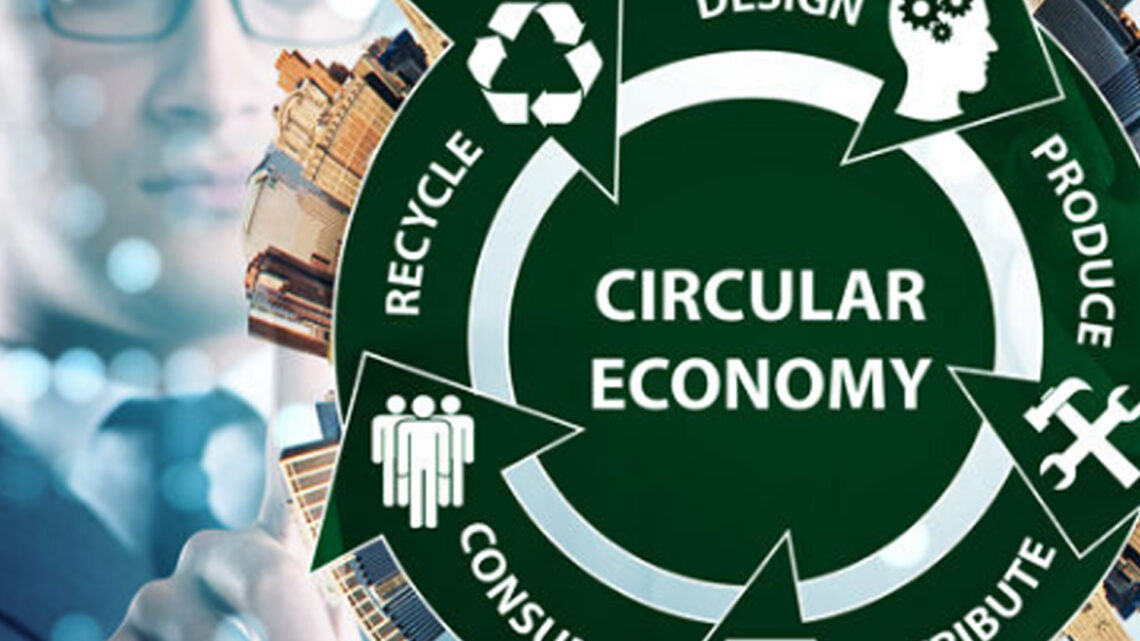
It’s time to start looking ahead again. Rob O’Byrne makes an early start with his round-up of supply chain and logistics trends that might make industry headlines in the coming year. His observations include trends in first and last-mile logistics, and the increase in SMEs entering global markets.
2020 Supply Chain and Logistics Trends: What’s Around the Corner?
It’s that time again… Well, almost! As we draw toward the end of each year, I like to start collating information from our experiences at Logistics Bureau, along with anything I find in the supply chain industry media, about industry trends that look set to compete for business-managers’ attention in the year to come.
I was a little late getting started in 2018, and we were already into 2019 when I got round to publishing my usual trends article. This year I decided to start early, but where to begin? As 2020 moves closer, one concept that I’m hearing discussed more and more in discussions and appearing online is that of the circular supply chain.
The Death of the End-to-End Supply Chain
Now there’s a heading to make you look twice, at least without any context to draw on. After all, the last few years have been full of talk about integrating supply chains from end-to-end. Happily, though, that’s not something you can expect to change in 2020.
The circular supply chain is a model in which the supply chain does not terminate with products in the hands of end-customers. Instead, it continues, to include the entire lifecycle of a product, from sourcing of raw materials, to the return and recycling of the product, and reintroduction of recycled materials into the manufacturing or production process. In short, the supply chain is no longer linear, but circular.
The circular supply chain also integrates the reverse logistics process, taking products returned from customers and reinserting them into the forward flow at appropriate points. Again, this might include recycling or refurbishing items damaged in storage or transit, or placing undamaged returns back into a sales inventory.
Why is the Circular Supply Chain Trending?
While the recycling and reuse of products and their components are nothing new, their integration into brand-owners’ supply chains is a concept that’s gaining ground for several reasons.
Firstly, many companies are reaching more advanced levels of maturity in sustainability and greening the supply chain. With much of the low-hanging fruit already harvested, they are now looking at more complex initiatives to reduce carbon footprint and impact on the environment.
Circular supply chains demonstrate to customers and other stakeholders that a brand is prepared to take full responsibility for its products and their environmental impact, and that its customers are never left to shoulder the burden of end-of-lifecycle decisions and actions.
Meanwhile, more third-party agencies and organisations, including governments, are pushing the sustainability agenda. Lawmakers are placing obligations on manufacturers to own the future of the materials they process.
SME Supply Chains Increasingly Going Global
Globalisation is not exactly a new trend, but for small and medium-sized enterprises, it’s one that’s been replete with several barriers. However, new technologies, services, and providers are helping SMEs to play more effectively and at less cost on the global stage. As a result, SME internationalisation is a term that could become an oft-quoted buzzword in the year to come.
Technology Key for the International SME
Despite the obstacles that SMEs face when implementing and maintaining global supply chains, some 90% of participants in the Ship for Success study, all of which are already engaged in export activity, expect their revenues to grow over the course of the next three years.
Many of them attribute their confidence to recent efforts by governments, technology vendors, and freight forwarders to leverage digital solutions that make commercial freight shipping more accessible to smaller enterprises.
No longer do the large, beneficial cargo owners have an overwhelming advantage in global supply chain operations. Technology is levelling the playing field, by helping the smaller operator to engage and work with international freight forwarders and carriers, gain visibility into costs, and ensure compliance with complex shipping and customs requirements.
Many governments, for example, are making formerly hard-to-access export tools and guidance available to all via resource sections of their various agencies’ websites. E-commerce software providers are increasingly offering integrated marketing and sales solutions to extend SMEs reach and ease the business of selling across borders.
The Digital-First Logistics Effect
A new generation of tech-enabled freight forwarders is competing with incumbent shipping giants to capture the hearts and minds of smaller enterprises. They are deploying platforms that make it easy to get transparent and understandable shipping quotes, book ocean freight and airfreight shipments, complete and submit shipping and customs documentation, pay for transportation, and track international shipments in real-time.
The Next Big Disruptions Could be in the First Mile
In an age when social media punishes every logistical slip-up with a slew of posts, tweets, and negative reviews, it’s the smart, tech-savvy companies that are ironically, placing a renewed emphasis on the very interpersonal issue of supplier alignment and relationship-building. Furthermore, if ever there was a text-book case of double-irony, they are using technology as the lever to streamline collaboration.
This trend in overhauling and improving first-mile operations will be an interesting one to watch over the next twelve months, especially if it picks up a similar pace to the last-mile.
It would seem logical to expect this element of supply chain management to see new waves of disruption brought about by innovations such as artificial intelligence, machine learning, and perhaps even blockchains and smart contracts. Who knows, it might even become a proving ground for entirely new technological and strategic concepts, as yet lying nascent in the “ideas to try” trays of pioneering development companies and consulting firms.
Welcome to the Supply Chain of the 2020s
Trends come and go. Some burn bright and fizzle out fast. Others build slowly and inexorably until they become “the way things are done” or “best practices.”
There are mega-trends, meta-trends, and all sorts of trends in-between, but heading into the third decade of the 21st century, almost all that affect logistics relate to technology or depend upon it.
Source : https://www.logisticsbureau.com/
